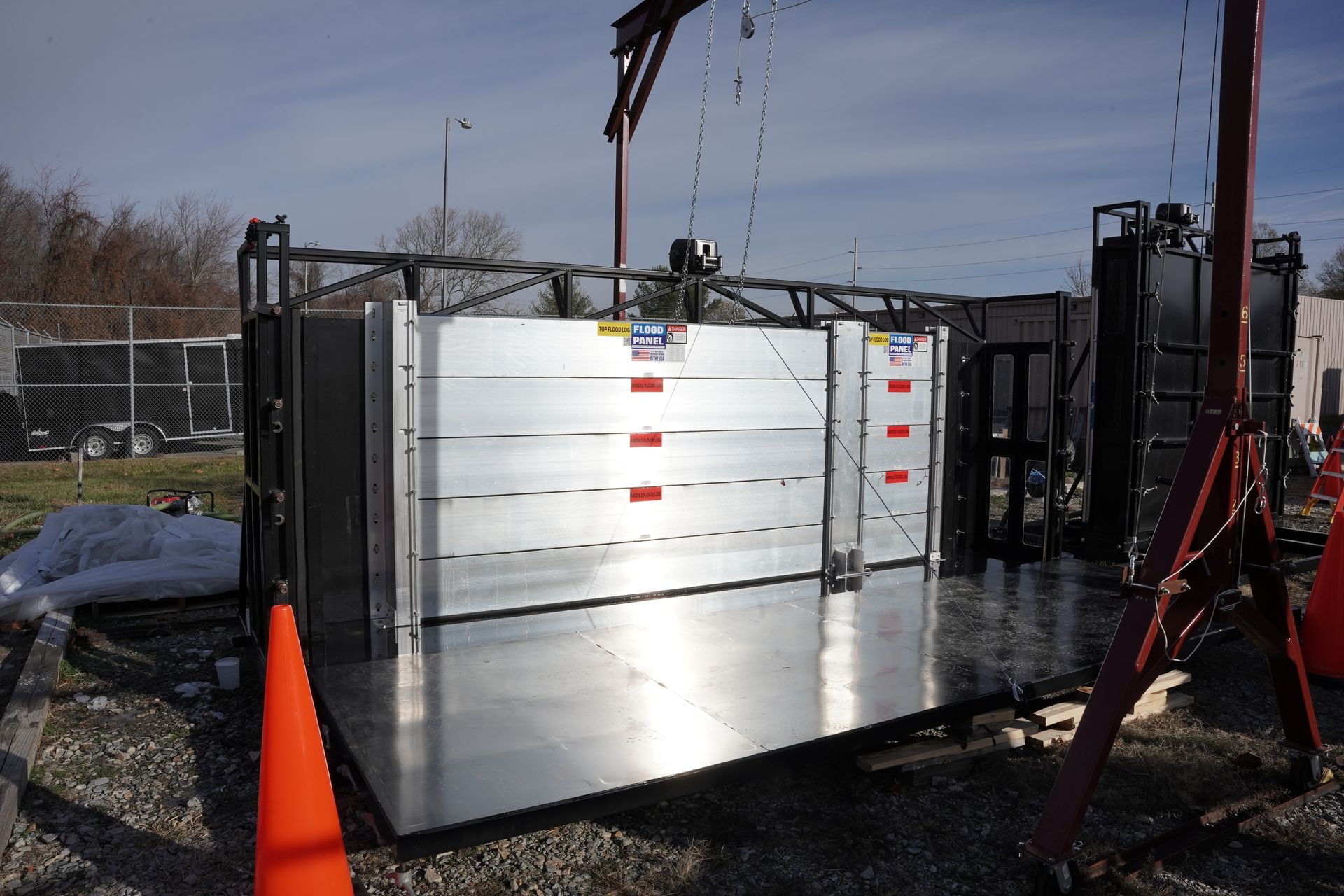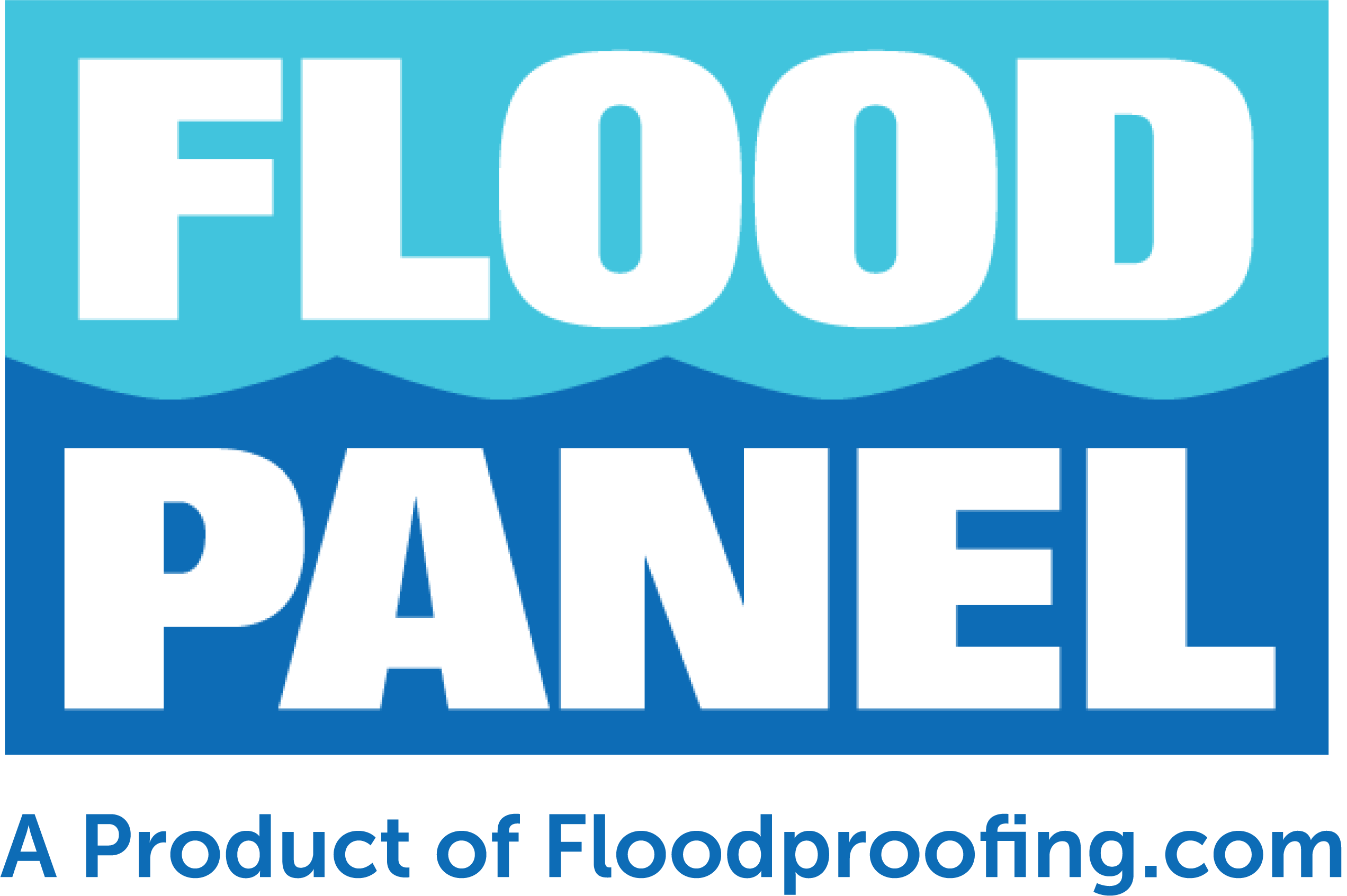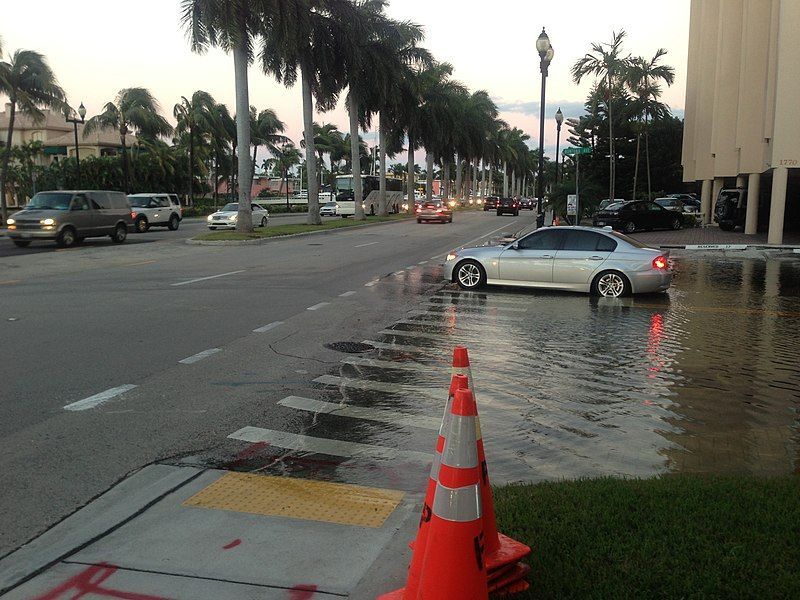Call Us Today - 1 (860) 222-3055
Page 27
Media Contact
Email: media@floodpanel.com
The Journal of Earth Science has published a new study from Washington University in St. Louis that says federal agencies are underestimating 100-year flood levels on major rivers in the Midwest by as much as five feet. For businesses in these areas, this should cause serious concern. For most, moving out of the flood zone is not an option. Flood mitigation solutions, such as flood panels, flood doors and flood barriers should be considered to protect buildings and valuable business assets. Click here to read more on the study.
Flood waters inundated parts of Jefferson City, Missouri, and threatened the Missouri State Capitol during the “Great Flood of 1993.” Credit: Wikipedia / Creative Commons
Source:: FloodBarrierUSA
Please click on image to view PDF document in a new window.
In April of 2015, changes to the National Flood Insurance Program (NFIP) will be implemented. These changes will bring some minor relief to some, and pain to others. The changes are mandated by the Homeowner Flood Insurance Affordability Act (HFIAA), which was passed by Congress in 2014.
After the major storm events that struck the heavily populated US East Coast in the past few years, changes were made to federal flood plain maps. These changes placed thousands of properties newly inside the flood zone, thus requiring them to obtain flood insurance for the first time. The addition of many new properties led insurance companies to raise rates precipitously in 2013, and many homeowners were unable to afford the now-required insurance.
For this reason, Congress decided to modify the Biggert-Waters Flood Insurance Reform Act, which had been passed in 2012. The situation had changed rapidly since the passage of this legislation, and the law now resulted in consequences that had not been intended: onerous and steep increases in insurance rates for homeowners.
The HFIAA will help offer some relief to beleaguered homeowners in the following ways:
- Setting rates for allowable increases to insurance policies. The increase in rates for individual homeowners will be capped at 18%.
- Some subsidized insurance holders will receive mandatory rate increases, which will lower rates for others.
- Properties that have been newly designated as being within flood zones will receive an economical insurance plan for the first year.
- A reserve fund will be established to ensure policy coverage in the event of a new, large disaster that produces many claims.
These changes, while helpful, fall far short of the relief many property owners were hoping for. Faced with sudden, newly mandated flood insurance requirements, many homeowners have failed to buy the insurance, or have dropped existing policies when the rates skyrocketed. FEMA, on its website, starkly warns homeowners against this course of action. Properties without flood insurance will not only face the spring flooding season without any protection, but will suffer additional rate increases as a result of dropping the insurance or failing to get new insurance coverage by the deadline.
A quick look at the “relief provisions” of the HFIAA reveals the dire situation that many homeowners are facing. For example, the HFIAA caps rate increases to ‘only’ 18% … but that is still a huge and unaffordable increase for many households. Although the US economy is said to be strong, and unemployment is low, wages have not kept pace with rising costs, and many families are still struggling.
In the same vein, although the HFIAA does provide “economical” rates for new policies, but these reduced rates are in effect for the first year only — after which the homeowner will face the 18% increase in rates. In summary, it appears that the HFIAA changes, while better than nothing, will still leave many property owners in a very difficult position.
Source:: FloodBarrierUSA
The new Executive Order (EO) 13690, enacted by President Obama earlier this year, is currently in the public comment phase. Comments from builders, floodplain managers, city officials, or members of the general public will be heard until the date of April 6, 2015.
After that date, the comments will be sifted and considered, and changes to the EO will be included in the final legislation. EO 13690 will amend the previous EO 11988, which went into effect decades ago. The climate of the planet has changed since the enactment of the earlier EO, and these changes are now better understood by the scientific community.
It is now generally agreed that human activity is changing the climate of the planet, and that these changes are occurring much faster than previously thought. In order to protect public investment for infrastructure and new projects, these ventures must now meet guidelines designed to protect the building sites well into the future.
The Association of State Floodplain Managers (ASFM) is currently asking its members, community members, and any other interested parties to weigh in on the proposed EO. Comments may be registered at this website (click on image to visit in a new window):
Click here to open web page in a new window
To make a comment, simply click on the green box that reads “Submit a Formal Comment”
Source:: FloodBarrierUSA

Tell us about your project
We look forward to the opportunity to earn your business and to become a value-added partner on your design and construction team.
Contact Us
Contact Us
Phone:
1-860-222-3055
Address: 1555 Jupiter Park Drive, Suite 5, Jupiter, FL 33458

